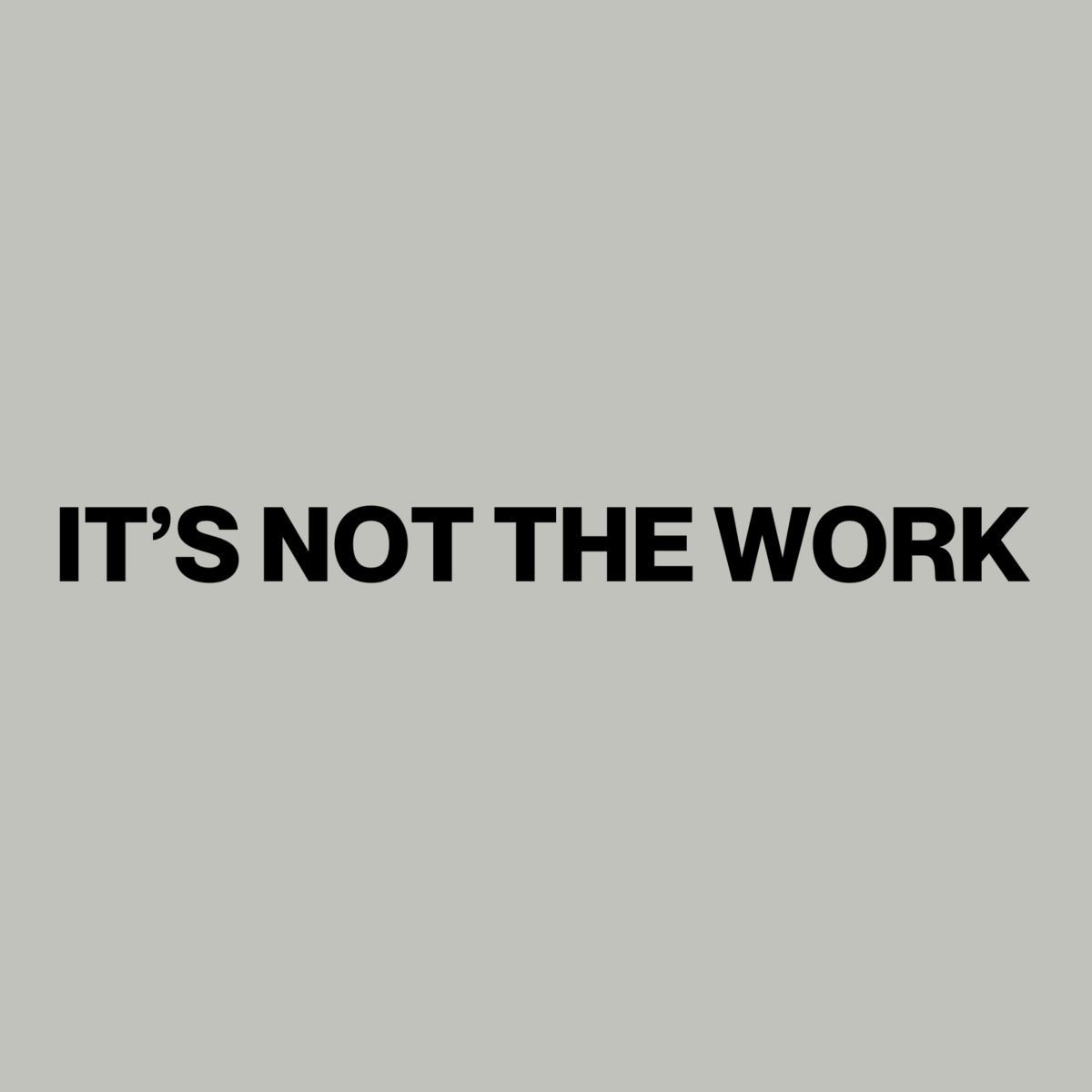Hi, I’m Nithya Sudhir. I collect words, chase patterns, and write about whatever makes me curious.
Someone forwarded this? 💌Subscribe to get it fresh, every Tuesday.
Missed an issue? 💬Catch up on past essays.
Curious what else we’re building? 💡Insane Media lives here.
Want your campaign in front of our users? 📌Reach out here.
Looking to join the convo? 📲Follow along on Instagram.
Every 4 years the world stops for football.
As the 2026 FIFA World Cup heads to North America, fans around the globe aren’t just watching how their favorite players play — they’re watching what they wear, carry, and use off the pitch.
Football, fashion and a new kind of goal
We’re less than 9 months away from the men’s FIFA world cup.
Co-hosted by 3 countries for the first time, the tournament will draw 6.5 million fans to its 16 host cities across Canada, Mexico, and the United States.
For brands, this is a major opportunity for brands: the biggest cultural marketplace on earth.
And the smartest players are already warming up.
🤝 Supported by Billo
Most teams buy UGC videos and hope they perform. Billo offers a smarter way - turning creator videos into a measurable, scalable channel powered by live performance data.
The fastest way to tap in? Billo IQ Brief Builder:
Generate concepts instantly: Turn any product page into four data-backed creator video concepts, based on what’s performing right now and matched with top creators.
Choose by results: See ROAS, CTR, and Hook Rate for eligible creators before hiring.
Expand your reach: Use creators’ profiles to connect with your audience via Organic posting and Partnership ads on Instagram and TikTok.
Every choice is powered by insights from 326,000+ ads and $505 million in purchase value generated, so you start with proof, not guesswork.
Who’s already on the pitch?
FIFA and Adidas have unveiled Trionda, the new official ultra-technological match ball built with a new high-performance four-panel structure.
Recently Paris Saint-Germain unveiled, during their away league draw in Lille, a font dedicated to the designer, founder of Off-White, who passed away just under four years ago.
Secondhalf.PDF have delivered a bold and brilliant tribute to one of football’s most iconic figures, Ronaldo Nazário, aka El Fenómeno with a t-shirt.
The football jersey has reached a new dimension, with a Parisian designer, Franck Joubert, making luxury bags after recycling football jerseys.
Nike, Puma, Adidas, and many other shoe brands have dropped newer, bolder looks.
Jaden Smith stepped out for Paris Fashion Week to attend the Christian Louboutin show on Oct. 3 with Football Gear and Face Paint
Luxury, fashion, and fandom are no longer separate categories. They’re converging into a single cultural moment — and every brand wants in.
Why football converts better than ads ever could?
First of all there are literally billions of them.
But it's not just the number, it's the emotion that’s overwhelming, right?
When a kid in Buenos Aires wears a PSG shirt, it’s not brand loyalty. It’s devotion — to Messi, to myth, to meaning.
Brands know this. That’s why associating with football isn’t a marketing decision; it’s a psychological one.
Because football isn’t something you watch. It’s something you worship.
Research shows that 65% of Gen Z fans are more likely to buy from brands associated with their favorite teams— and over half actively follow athletes online.
Women’s soccer fans are the most loyal of all: 58% more likely to buy from sponsors, and significantly more trusting of athletes than fans of any other sport.
And with user-generated content (UGC) on the rise, fans aren’t just consumers anymore — they’re co-creators of the culture.
The cognitive playbook
The word fan comes from fanaticus — Latin for “inspired by a deity,” or “belonging to the temple.”
It originally described people possessed by devotion.
Centuries later, that’s still the most accurate definition of a football fan.
Here’s what’s happening inside their heads:
Social Identity Theory (Tajfel & Turner, 1979; McLeod, 2023)
People identify themselves through the groups they belong to.
For many, sports fandom fulfills that need—a tribe that gives belonging and shared emotion.
When supporters buy what their favorite players wear or endorse, they’re not chasing a logo — they’re expressing belonging.
This also leads to the Endowment effect (Kahneman et al., 1991)
It’s the human tendency to overvalue what we perceive as “ours”.
Fans don’t just support a team — they own it emotionally.
For example, when a brand sponsors their club, it becomes part of that sense of ownership.
Then we have Associative Learning.
When two things repeatedly appear together, the brain links them.
Every time fans see a sponsor’s logo during a match — in moments of pride, heartbreak, or celebration — their brains quietly pair that emotion with the brand.
Over time, the logo feels like part of the game itself.
That’s why a Heineken ad during the Champions League anthem triggers the same rush as kickoff.
Lastly, we have the Exposure effect (Zajonc, 1968)
Familiarity breeds affection.
The more often fans encounter a brand in their football world — on jerseys, banners, highlights, or social feeds — the more they start to trust and prefer it.
Repeated exposure turns recognition into preference, and preference into purchase.
Brands that win in 2026 won’t be the loudest.
They’ll be the ones that understand the psychology of devotion, and turn it into the currency of connection.
How's the depth of today's edition?
As always, hit reply if something in here hits home.
See you next week,
Nithya
P.S. If you want to get a case study about your own brand, reply to this email. If you’d like to reach our newsletter audience (founders, creators, and marketers), click the button below.
If you’re new here, I’m over the moon you’ve joined us! To help me craft content that’s actually useful (and not just noise in your inbox), I’d love it if you took 1 minute to answer this quick survey below. Your insights help shape everything I write.
Insane Media is more than one voice
💡 Dive into our other newsletters - where psychology meets the founders, creator economy, Human resources and AI trends.







